In Bulgaria, there is no data on coats of arms of Bulgarian princesses and tsaritsas, except for the bookplate of tsaritsa Ioana, whose coat of arms looks almost the same as her wedding coat of arms. This resemblance gives reason for investigators to think that the coat of arms tradition has existed in Bulgaria.
Noble Crowns
Historical data indicate two clearly known coats of arms of the tsar family from the 19th century. The first one is from late January 1893, when Bulgarian ruler Ferdinand I of Germany got engaged to Princess Marie Louise of Bourbon (1870-1899). For the wedding ceremony, a special coat of arms was made that illustrates two German shields. The shield on the right was appropriated from the coat of arms of the Bulgarian prince (with Roumelian and Bulgarian symbols) and the left one was from the coat of arms of the Duke of Parma and Piacenza.
During his reign, Ferdinand I also married the Protestant Princess Reuss zu Schleiz-Köstritz. For their wedding, another coat of arms was made on which two shields adhered to one another.
On Oct. 4, 1930, Bulgarian Premier Andrei Lyapchev announced the engagement of the Bulgarian Tsar Boris III with Princess Giovanna Elisabetta Antonia Romana Maria, a daughter of the Italian King Vittorio Emmanuele III. The wedding coat of arms was modest and consisted of the dynastic shields of Bulgaria (a lion with crown on a red background) and the Savoy (a silver heraldic cross on a red background). Above the shields was placed the tsar crown, and below them a strip which read “Fidelity and Perseverance” on two small crossed twigs.
Coats of Arms Now
In the contemporary history of Bulgaria, people give special respect to the state emblem. Despite the emblem’s several changes, the most peculiar symbol remains the lion. In earlier periods, particularly from the 14th to 19th centuries, the lion was accompanied by other animals. On the coat of arms of the Bulgarian noble family Bulgarin-Sokolplaninski, a he-goat is illustrated. The bull is used by the noble family Soimirovich. The he-goat is also a symbol in the coats of arms of the prominent Parchevich family. Furthermore, researchers have run across stars, the moon, water, sea, river, as well as a running hound as part of family coats of arms.
The Bulgarian emblem represents an upright crowned lion on a dark-red background. On the two sides, there are lions which hold the shield, and above them is the tsar crown. Below the shield is a pedestal made of oak twigs with golden fruits. Below the twigs is the three-colored strip (white, green, and red as in the country flag) which reads, “Unification Makes the Strength.”
The current state emblem was approved by the National Parliament in 1997. This is the first state emblem of Bulgaria after the fall of the communist regime at the end of 1980s. The specific appearance of the state emblem was subject to long-term disputes among political parties.
The Bulgarian state emblem is defined by law, according to which it is a state symbol representing the independence and sovereignty of the Republic of Bulgaria.
Often, a smaller version of the state emblem can be seen on public and governmental buildings, as well as in official documents.

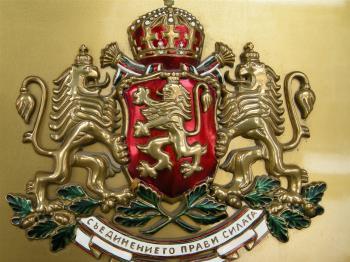
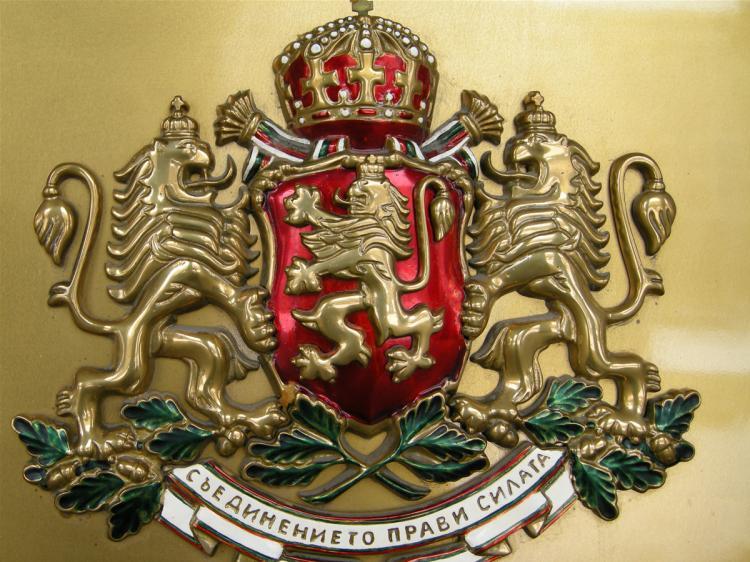
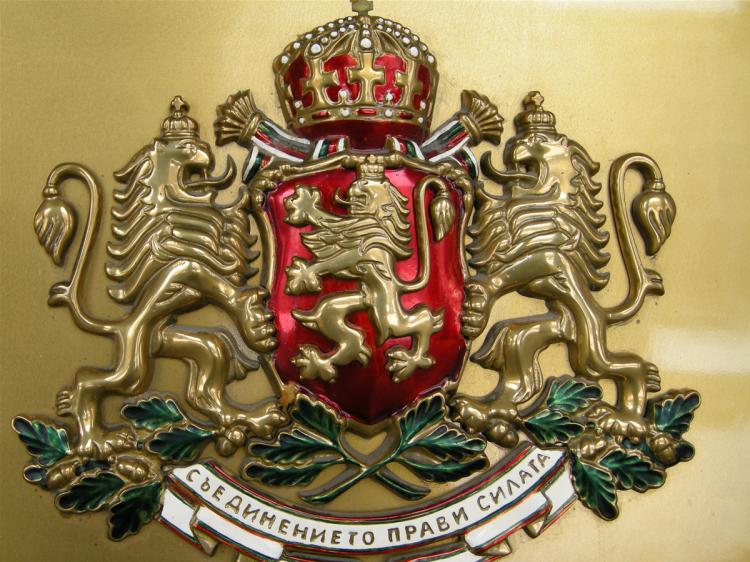
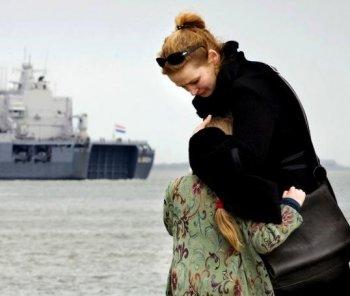

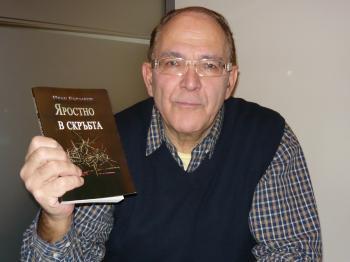
Friends Read Free